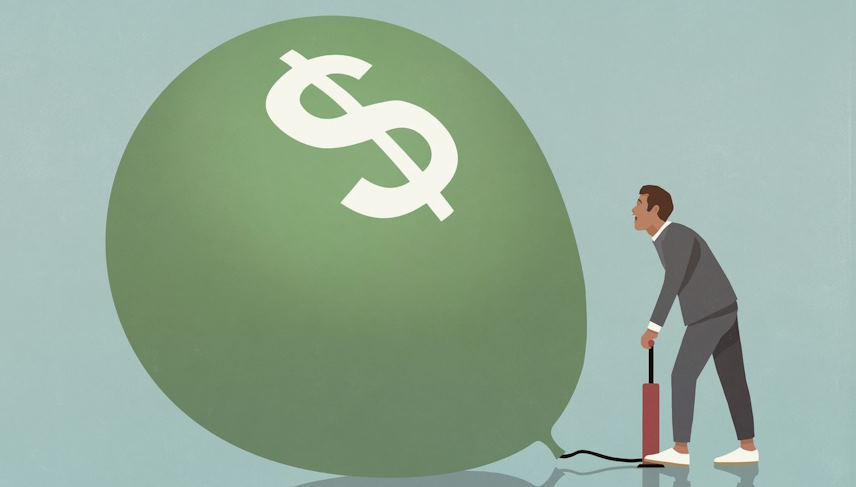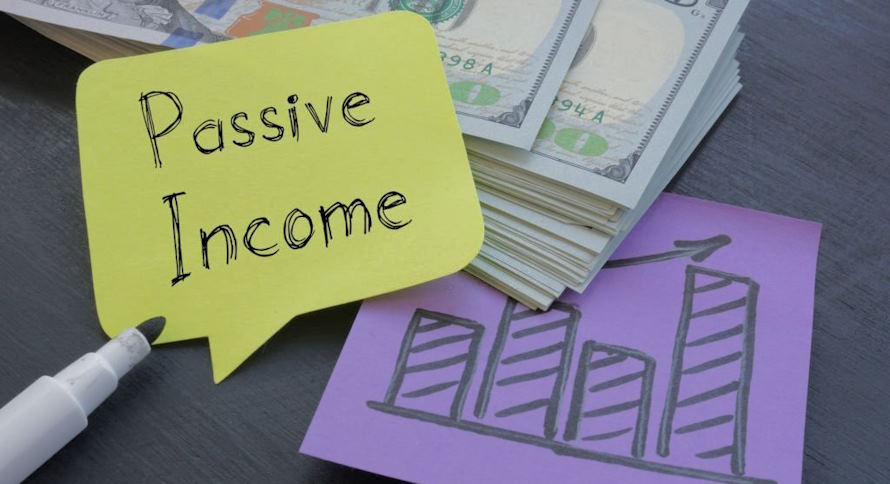
Inflation is a persistent economic phenomenon that has a profound impact on investment returns. Understanding its effects and developing strategies to navigate inflationary environments is crucial for investors seeking to preserve and grow their wealth. Inflation erodes the purchasing power of money over time, making it essential to adapt investment strategies to mitigate its detrimental effects. In this article, we delve into the impact of inflation on investment returns and explore strategies to beat inflation’s grasp. By examining historical data, analyzing different asset classes, and providing actionable insights, we aim to empower investors with the knowledge and tools necessary to thrive in an inflationary economy. Whether you are a novice investor or a seasoned market participant, this article will provide valuable insights to help you navigate the challenges and seize the opportunities presented by inflation.
Understanding Inflation’s Impact on Investment Returns
Inflation’s erosion of purchasing power
Even if an investment generates positive nominal returns, if those returns do not outpace the rate of inflation, the investor’s purchasing power is effectively reduced. Inflation can silently eat away at the wealth accumulated over time, emphasizing the importance of understanding and accounting for its impact on investment decisions.

Effect of inflation on different asset classes
- Stocks and equities
Inflation can have both positive and negative effects on stocks and equities. On one hand, some companies can benefit from rising prices by increasing their revenues and profits. Industries that produce essential goods or services, such as healthcare or consumer staples, may see increased demand during inflationary periods. On the other hand, inflation can also increase the costs of production, leading to reduced profit margins for certain companies. Additionally, inflation can introduce volatility and uncertainty into the market, affecting investor sentiment and stock valuations.
- Real estate and property investments
Real estate investments have historically been considered a hedge against inflation. As prices rise, the value of properties tends to increase, allowing investors to preserve or even enhance their purchasing power. Additionally, rental income from real estate investments can potentially keep pace with inflation, providing a steady stream of cash flow. However, the impact of inflation on real estate can vary depending on factors such as location, market conditions, and the overall strength of the economy.
- Commodities and precious metals
Commodities, such as oil, natural gas, metals, and agricultural products, often experience price increases during inflationary periods. As the demand for goods and services rises, the prices of raw materials and inputs also tend to surge. Therefore, investing in commodities can serve as a hedge against inflation, as their prices can potentially appreciate and help protect purchasing power. Similarly, precious metals like gold and silver are often seen as a store of value during inflationary times, as they have historically retained their worth and even increased in price.
Strategies to Beat Inflation and Optimize Investment Returns
Diversification as a risk management tool
Diversification is a fundamental strategy for mitigating the impact of inflation on investment returns. By spreading investments across different asset classes, such as stocks, bonds, real estate, and commodities, investors can reduce their exposure to any single asset’s performance. During periods of inflation, certain asset classes may outperform others, making diversification even more crucial. For example, while stocks may benefit from rising prices, bonds and inflation-protected securities can provide stability and preserve purchasing power. By diversifying their portfolio, investors can navigate the uncertainties of inflation and potentially optimize their returns.

Embracing equities and stocks with inflation-resistant characteristics
Not all stocks are created equal when it comes to inflation resistance. Certain sectors, such as consumer staples, healthcare, and utilities, tend to perform well during inflationary periods. Companies that offer essential goods or services often possess pricing power, enabling them to pass on increased costs to consumers. Investors can consider allocating a portion of their portfolio to stocks in these sectors to capitalize on potential inflation-related advantages. Additionally, dividend-paying stocks can provide a steady income stream that may outpace inflation over time, further enhancing investment returns.
Investing in real assets and inflation-protected securities
Investing in real assets, such as real estate, infrastructure, and natural resources, can offer protection against inflation. These assets have intrinsic value and tend to appreciate as prices rise. Real estate investments, for instance, can provide both capital appreciation and rental income that may keep pace with or even surpass inflation. Furthermore, inflation-protected securities, like Treasury Inflation-Protected Securities (TIPS), adjust their principal and interest payments based on inflation changes, safeguarding investors against purchasing power erosion.
Utilizing inflation-hedging strategies, such as TIPS and commodities
To directly combat inflation, investors can employ specific inflation-hedging strategies. Treasury Inflation-Protected Securities (TIPS) are government-issued bonds designed to provide a real rate of return that adjusts with inflation. By including TIPS in their portfolio, investors can benefit from the bond’s principal and interest adjustments linked to the Consumer Price Index (CPI). Moreover, commodities, such as oil, natural gas, and precious metals, have historically shown positive correlations with inflation. Investing in commodities can act as a hedge, as their prices tend to rise during inflationary periods.
The role of active portfolio management in combating inflation
In an inflationary environment, active portfolio management becomes increasingly crucial. It involves regularly reviewing and adjusting investment positions based on market conditions and economic indicators. Active managers can analyze inflation forecasts, interest rate trends, and sector rotations to make informed investment decisions. They have the flexibility to adjust asset allocations, switch between inflation-resistant stocks and bonds, and identify emerging opportunities. By actively managing their portfolios, investors can adapt to changing inflation dynamics and potentially optimize their returns while minimizing risk.


